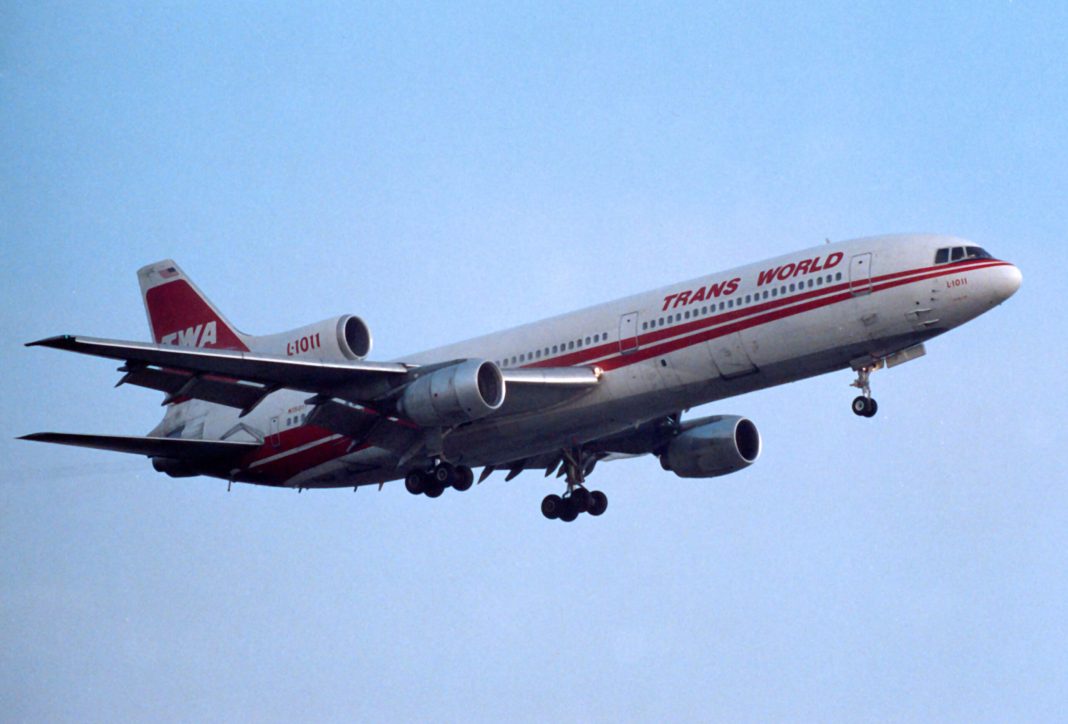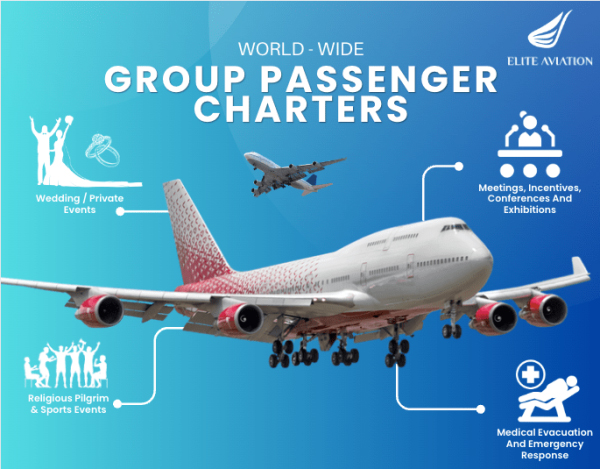Before we get into what variants of the Lockheed L-1011 were built, we first have to look at why the aircraft came about and what was so special about it. In 1965 Lockheed knew that there would be a market for a new plane after studying reports that suggested that air travel would increase by 10% over the next decade.

Knowing this, the Lockheed board approved funding to come up with a design for the new aircraft. The initial studies focused on building a twin-engine aircraft that could fly between California and Midwest hubs like Chicago. The airlines, though, were not sold on the idea and wanted a plane that could fly up to 220 passengers on transcontinental routes.
Twin-engine aircraft were limited
This posed a problem for a twin-engine jet back then, and why it might seem the norm now, Lockheed decided to add another engine to the design for safety. Up until the 1980s, commercial jets with only two engines were not allowed to fly more than 30 minutes away from an airport, making flights over oceans impossible.

Rather than come up with a design for the plane and then figure out how to seat the passengers, Lockheed took a novel approach by thinking of the passengers first and then building an aircraft around them. Using the width of a seat on a Boeing 747 and an aisle width that could accommodate a drinks trolly, Lockheed came up with an eight-seat 2-4-2 configuration and built the fuselage around it.
Lockheed chose Rolls-Royce
When it came to what engine would power the three-engined jet, Lockheed looked at what General Electric and Pratt & Whitney had before going with the Rolls-Royce RB211, which they considered to be a more advanced engine. Unfortunately for Lockheed, they did not know about Rolls-Royce’s impending receivership, which delayed the L-1011s entry into service. It also, unfortunately, cost Lockheed customers to rival McDonnell Douglas, and it’s DC-10. Because of the delay, Lockheed only built 249 L-1011 TriStars compared to McDonnell Douglas’s 400 DC-10s.

When production began, the final design was a plane that was as long as the Wright brother’s first flight, as tall as a five-story building, and was capable of flying 400 passengers over 4,000 nautical miles (7,410 km).
The plane could take off and land itself
The Lockheed L-1011 TriStar first flew on November 16, 1970, and was certified on April 14, 1972, with the first aircraft delivered to Eastern Airways in the same month. To publicize the plane, the press were invited to embark on a four-hour 14 minute trip between Palmdale, California, and Dulles International Airport (IAD) near Washington D.C. For the flight, Lockheed test pilots demonstrated how the aircraft’s advanced AFCS (Automatic Flight Control System) could take off, fly, and land the plane without the need for human hands on the controls. This was a groundbreaking moment, and the first time such a system had been used for a transcontinental flight.
Delta was the L-1011s biggest operator
TWA heralded the aircraft as one of the safest aircraft in the world in its promotional literature. Something McDonnell Douglas could not say about the DC-10 and its flawed rear cargo door.
Atlanta-based Delta Air Lines became the L-1011 TriStars biggest customer taking its first TriStar in October 1973. In total, Delta would receive 70 L-1011s and become the only airline to operate all five variants of the aircraft L-1011-1, -100, -200, -250, and -500.

Hong Kong’s Cathay Pacific was one of the largest non-U.S. operators of the L-1011 after acquiring 21 Eastern Airlines L-1011s following the airline’s bankruptcy in March 1989.
To secure sales in Japan, Lockheed bribed several Japanese government members to help subsidize All Nippon Airways’ purchase of the TriStar. This led to a scandal, the arrest of Japanese Prime Minister Kakuei Tanaka. Lockheed, board chairman Daniel Haughton and vice chairman and president Carl Kotchian also resigned, but more crucially, it cost Lockheed the loss of a contract worth more than a billion dollars.
Lockheed L-1011 TriStar variants
L-1011-1
The first production model, L-1011-1, was designed for short and medium-range flights and served as the basis for subsequent models. A total of 160 L-1011s were built before production ended in 1983.
L-1011-100
The L-1011-100 was the second production model of the L-1011 and featured a new center fuel tank and a higher gross weight. The new fuel tank was able to increase the TriStars range by 930 miles (1,500 km).
L-1011-50
The L-1011-50 was basically an upgraded version of the L-1011-1 with an increase in maximum takeoff weight without increasing fuel capacity. The aircraft was only available as a conversion package for the L-1011-1 and never went into production.
L-1011-150
The L-1011-150 was a development of the L-1011-1 giving the aircraft a slightly better range than the -50. It did not, however, have the additional center fuel tank. The first L-1011 was delivered to Air Transat of Canada in 1989.
L-1011-200
The third production model of the L-1011 was introduced in 1976 and was identical to the L-1011-100. Saudia (Saudi Arabian Airlines) was the launch customer for the -200 receiving its first TriStar in 1977.
L-1011-250
The L-1011-250 was an upgraded model with more powerful RB211-524B4I engines that allowed the aircraft to match the range of the McDonnell Douglas DC-10-30.

L-1011-500
As the last variant of the L-1011, the L-1011-500 had its fuselage shortened, wingspan increased, and active-load-control ailerons added. The L1011-500 proved to be popular with overseas airlines and formed a large portion of the British Airways fleet. However, its late introduction saw many airlines opting to buy the DC-10 instead. The L-1011-500 entered service with British Airways on May 7, 1979, and was put on the London to Abu Dhabi route.
Lockheed got out of commercial aviation
Despite the L-1011s advanced technical features and the fact that it offered the same comfort as a Boeing 747, Lockheed could not recover from the plane’s late entry into the marketplace due to Rolls-Royce’s problems. In total, Lockheed only managed to sell 249 L-1011s to commercial and military operators, a number far short of the 500 aircraft they needed to sell to break even.

In the end, the L-1011 project was a turning point for Lockheed, with the company deciding to move out of the commercial aviation spere and concentrate on building military aircraft.
Did you ever fly on an L-1001 TriStar? If so, we would love to hear what you thought about the aircraft in the comments.
[ad_2]
Source link


